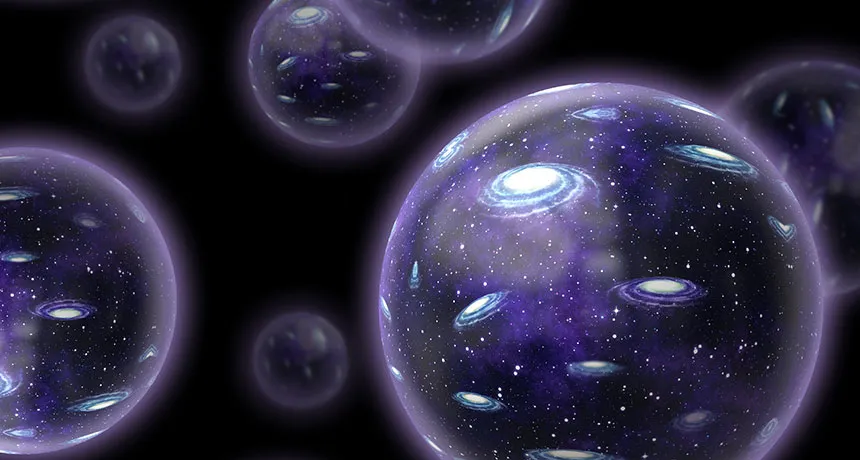
MANY WORLDS Alternate universes with different laws of physics could still host galaxies, stars and planets, a new study suggests.
Juergen Faelchle/Shutterstock

MANY WORLDS Alternate universes with different laws of physics could still host galaxies, stars and planets, a new study suggests.
Juergen Faelchle/Shutterstock